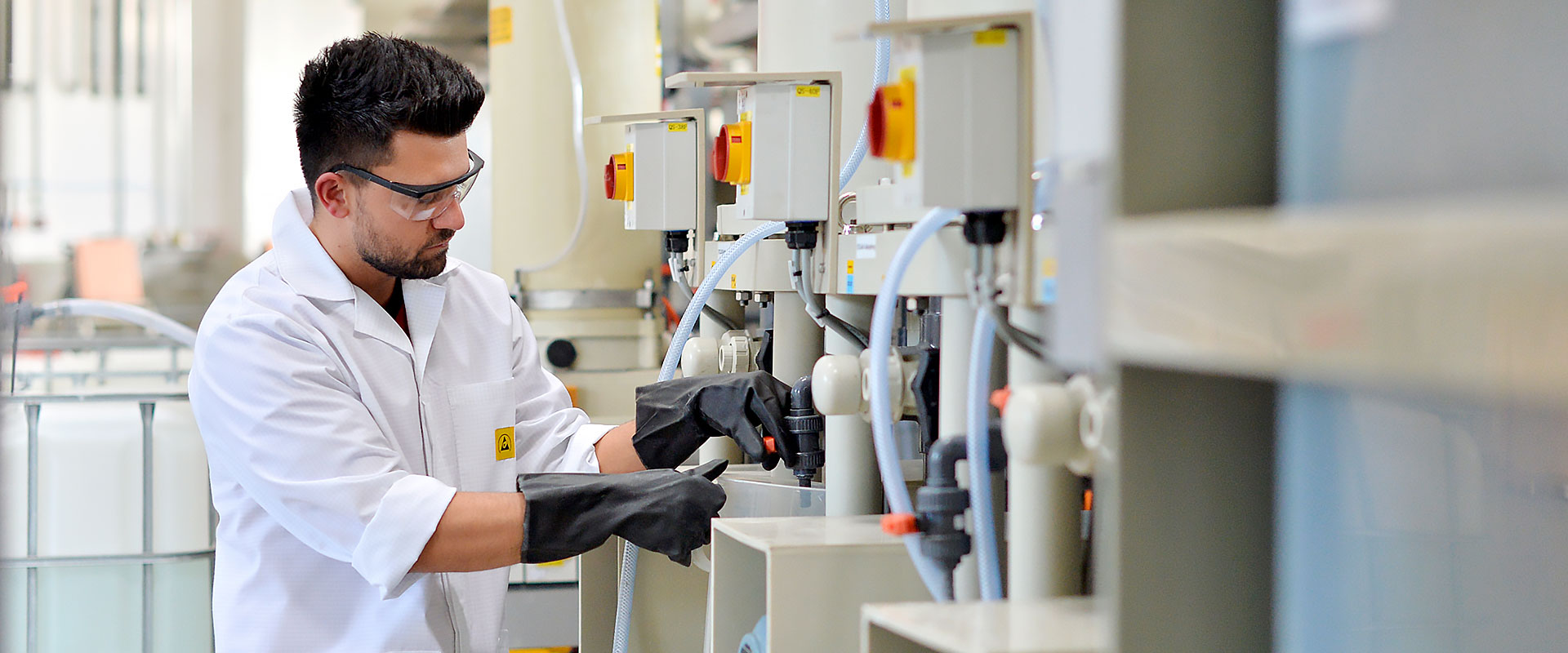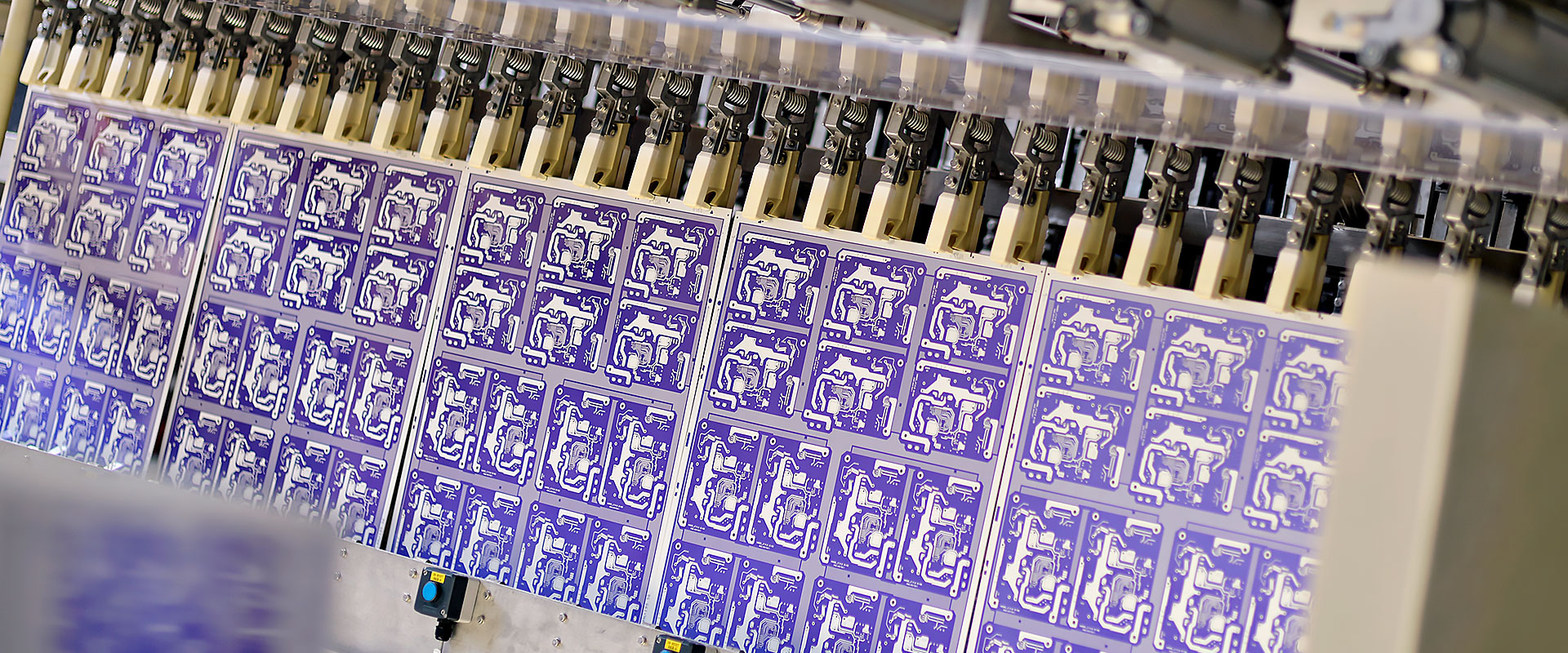Technologies
Circuit boards are the core of electronic appliances. Etched conductor paths enable electrical connection between components.
Depending on their final use, these boards can satisfy totally different requirements, which means that their execution can be completely different.
To achieve this diversity in best quality, our production process is subject to the following standards and specifications:


